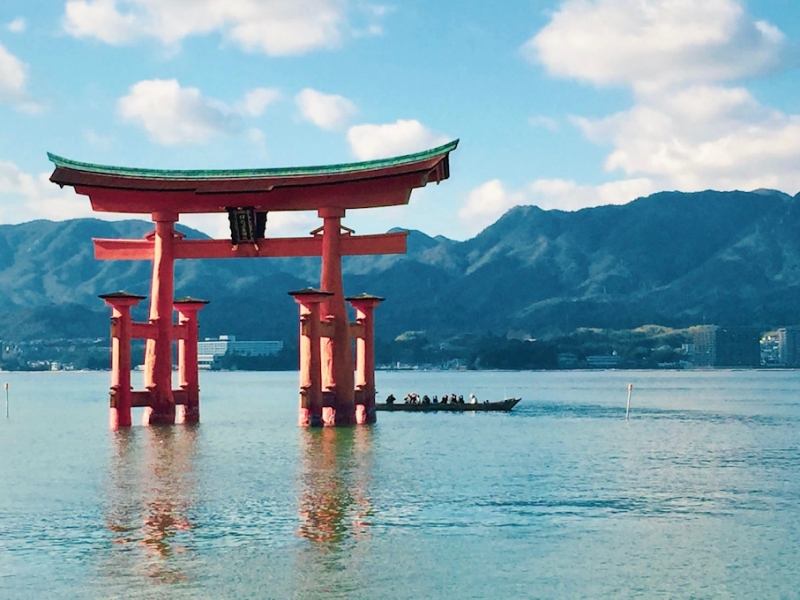
Itsukushima, also known as Miyajima, is a small island in western Japan. At less than an hour away from the city of Hiroshima by public transport, Itsukushima is the perfect day trip. Despite its relatively small size, the island is packed with things to do, see, and eat. In fact, Itsukushima is so beautiful that for centuries, it has been considered one of Japan’s three most scenic places.
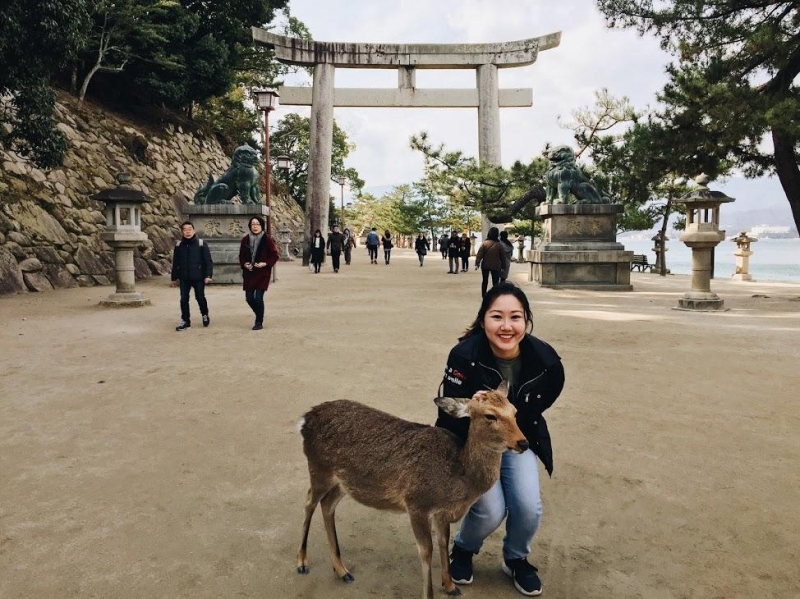
Not convinced yet? Here are eight reasons why Itsukushima should be your next holiday destination.
1. Get up close to the famous floating torii gate of the Itsukushima Shrine
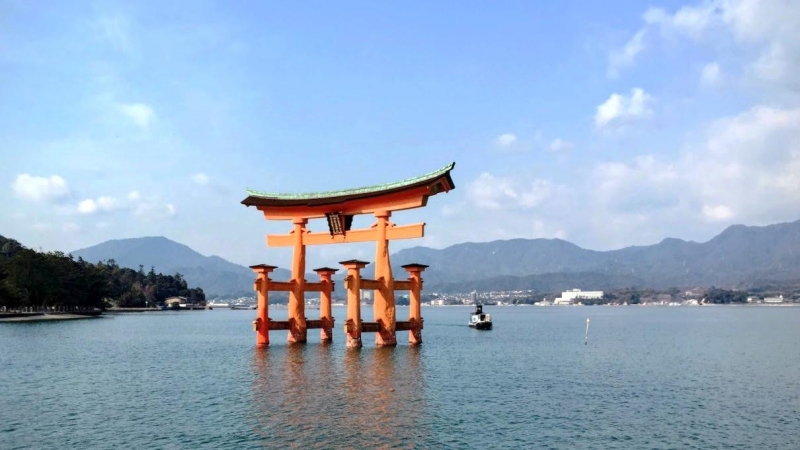
Itsukushima is most famous for the Itsukushima Shrine, with its vermillion floating torii gate. At high tide, the Seto Inland Sea comes in and covers the base of the torii gate, making it appear as if it is floating in the water.
With the vast horizon as the backdrop, this scene is THE definitive image of Itsukushima that would first come to mind. At low tide, the sea level goes all the way out, and you can have the unique experience of walking all the way up to the base of the torii gate without getting wet.
Personally, I prefer the view of the floating torii gate to the view of the entire gate at low tide. Do check the timing of the tides before heading to Itsukushima if you have a preference too.
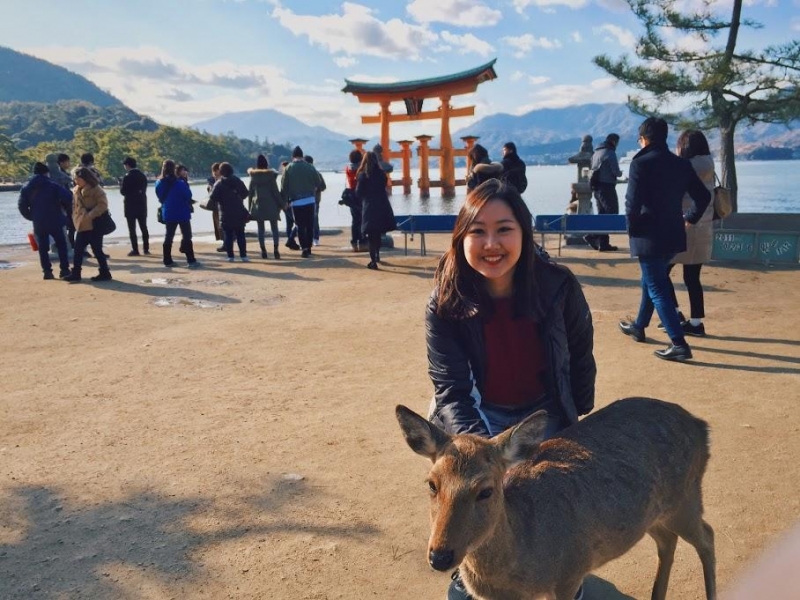
However, do note that renovation works on the torii gate are scheduled to begin in June 2019, and are expected to take around a year. During this period, the torii gate will be covered up, so you won’t be able to get nice photos of it. All the more reason to book your trip to Itsukushima to see this UNESCO World Heritage site early!
2. Take the ropeway or hike up Mount Misen for postcard-worthy views of the Seto Inland sea
Mount Misen stands at 535 meters above sea level, and is the highest peak on Miyajima. The panoramic views from the top are spectacular, and even the journey up was a memorable experience, as we passed by long stretches of trees. In the winter, we could still see traces of snow on the trees and the ground.
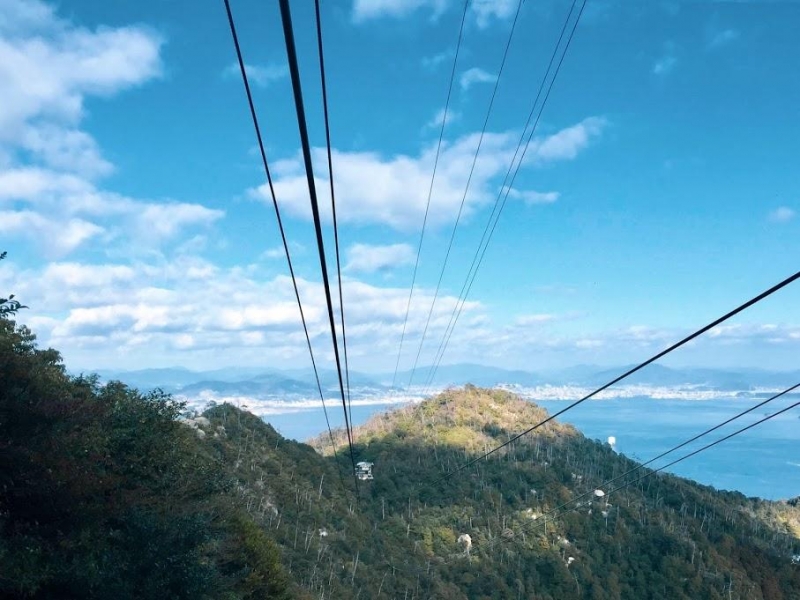
Thanks to the Miyajima Ropeway, heading to the top of Mount Misen was a breeze. We took two ropeways – the first 8-seater gondola ride lasted around ten minutes, then we got out and transferred to a larger ropeway gondola, and that took about five minutes to reach the terminal, Shishiiwa Station. The more adventurous can consider hiking up Mount Misen instead, for a challenge. Any of the three hiking trails will require at least 1.5 hours to reach the summit.
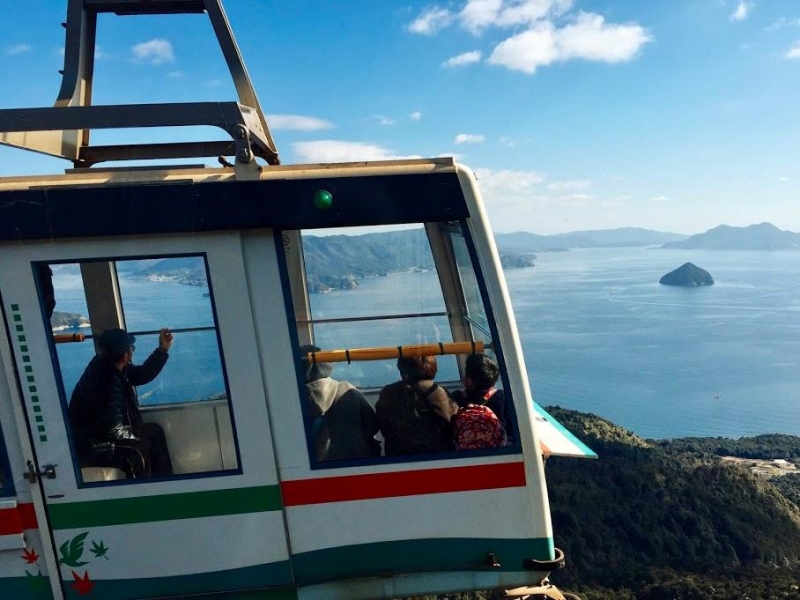
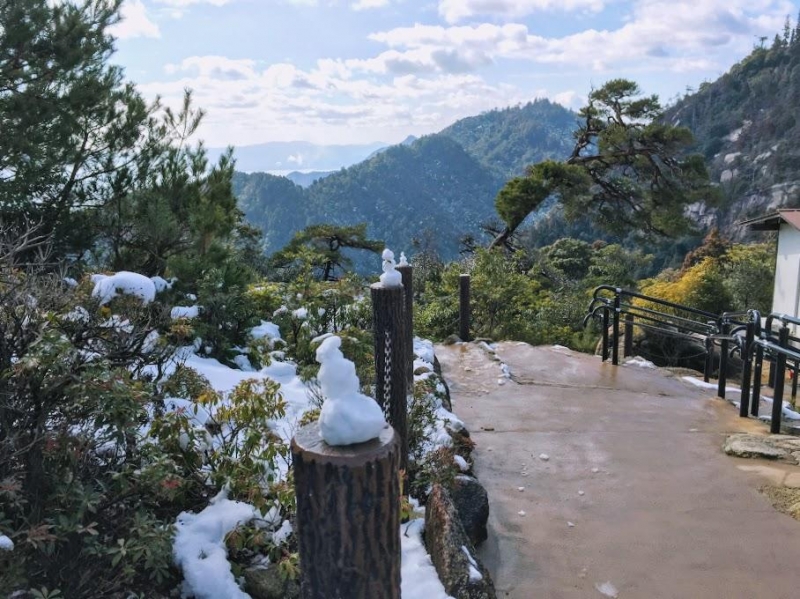
The final stretch to the summit of Mount Misen can only be done on foot, and should take around half an hour. We didn’t continue our journey as it had snowed the day before, making the winding path slippery and dangerous, so we stayed near the ropeway station.
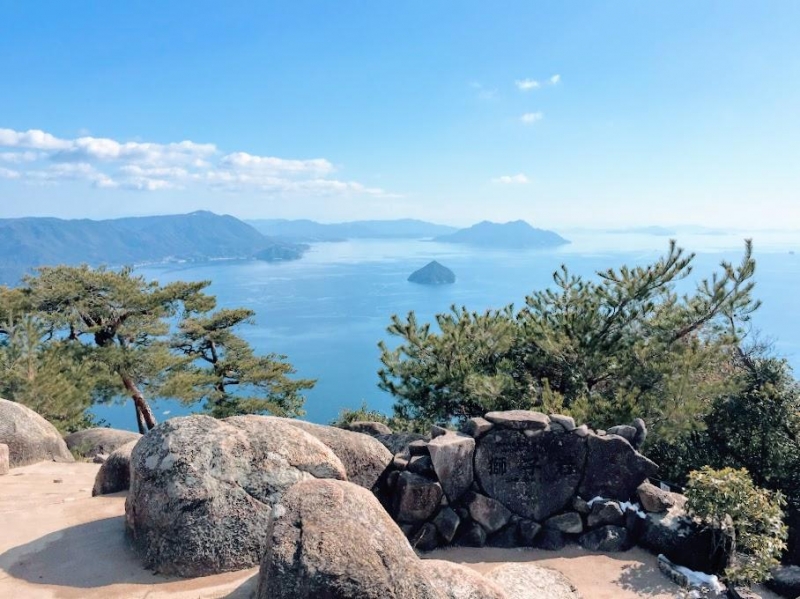
The 360-degree view is supposedly comparable to the view at the summit, and with an unblocked view of the hundreds of islands of the Seto Inland Sea, I can’t complain. Looking into the distance, I felt that the five forms of transportation (plane, bus, train, ferry, ropeway) we’d taken had finally culminated at this moment, and it was worth it.
Note: the Miyajima Ropeway may be suspended during bad weather or for maintenance – check with your hotel concierge or the website prior to making the trip down to avoid disappointment.
For more information about the Miyajima Ropeway, including fares and opening hours, click here.
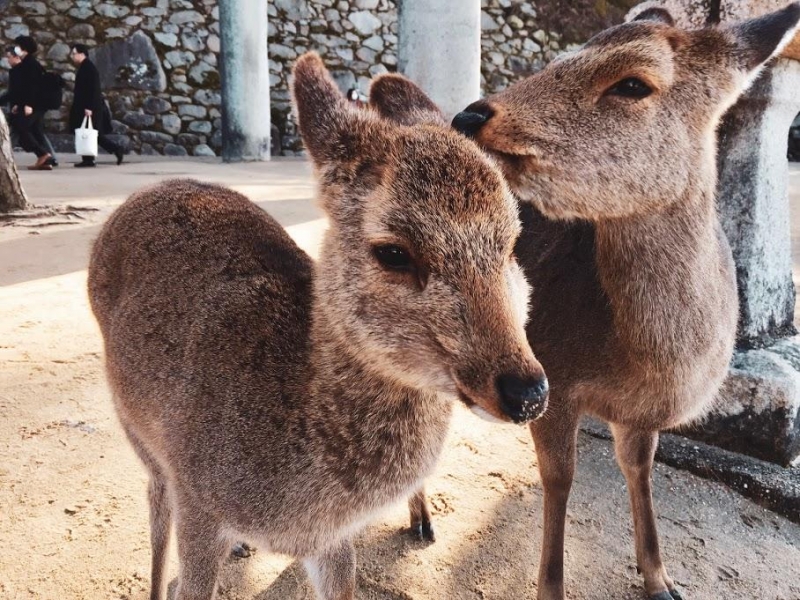
3. Explore the island together with free-roaming wild deer
If you like animals, you’ll be happy to know that Nara isn’t the only city in Japan where you can walk alongside free-roaming wild deer! Miyajima is home to more than a thousand free-roaming Sika deer, considered to be sacred messengers of the gods in the Shinto religion. Unlike Nara, however, visitors are not supposed to feed the wild deer.
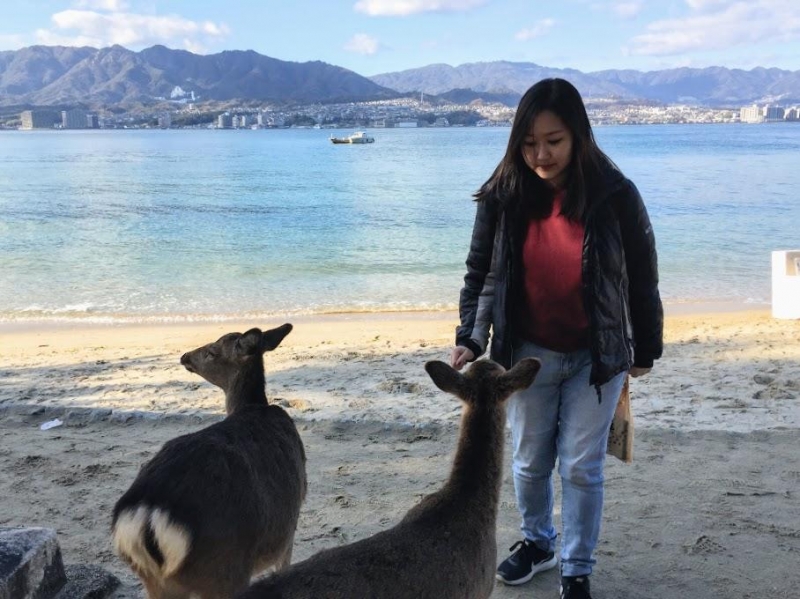
While most of the deer we came across were friendly and pretty relaxed, there were some that were more aggressive, and they even snuck up behind tourists to sneakily eat the paper maps from their bags. Be aware of your surroundings, and definitely hide your food!
4. Feast on variations of Momiji Manju, Miyajima’s local snack of choice
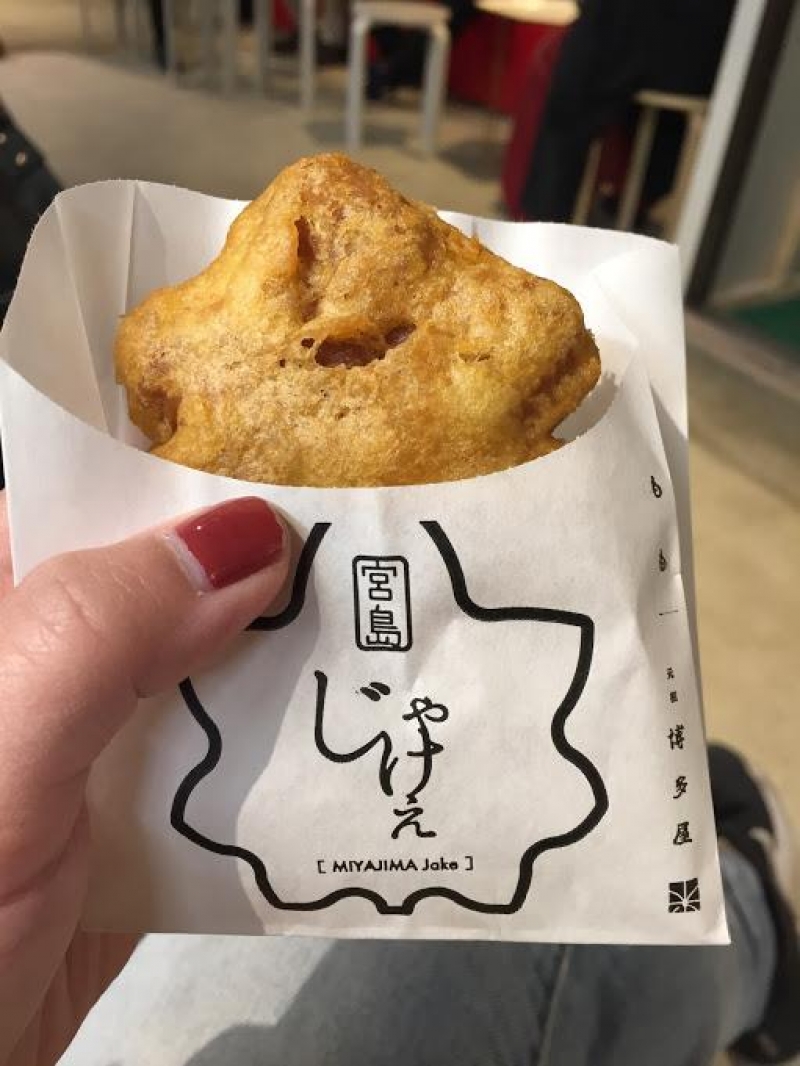
A must-try local snack when in Miyajima is the Momiji Manju, a popular dessert in the shape of a maple leaf that costs just 180 yen each.
While the Momiji Manju traditionally comes in the form of a light and fluffy cake filled with mashed azuki beans, there are now plenty of variations on the dessert for you to feast on.
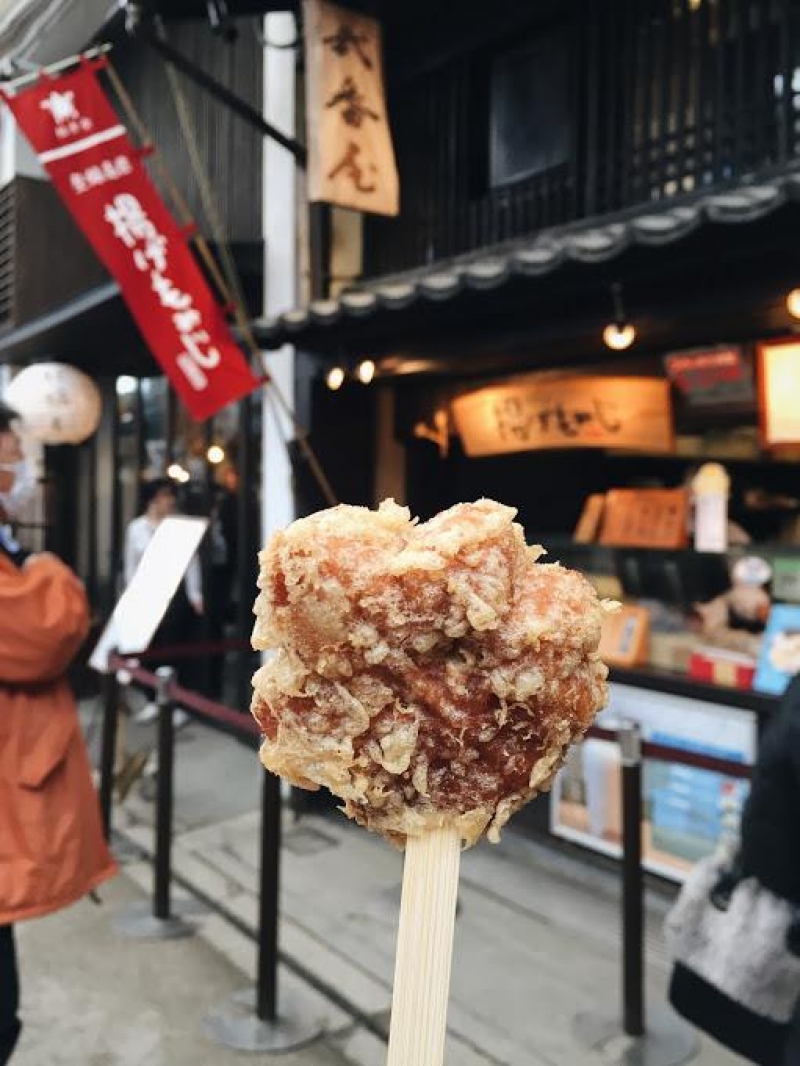
You can now find Momiji Manju in the form of a baked pastry with more ‘modern’ fillings like chocolate, custard, and apple. Some shops even sell deep fried Momiji Manju, or Age-Momiji Manju – an irresistible treat to reward yourself after all that walking and sightseeing.
While I was initially a little unsure if I would like it, I needn’t have worried. I soon found myself munching on sticks after sticks of Momiji Manjus of different flavours, wishing that I could bring some of the freshly made delights back home with me.
5. Get your fill of fresh oysters and conger eels, the regional specialities
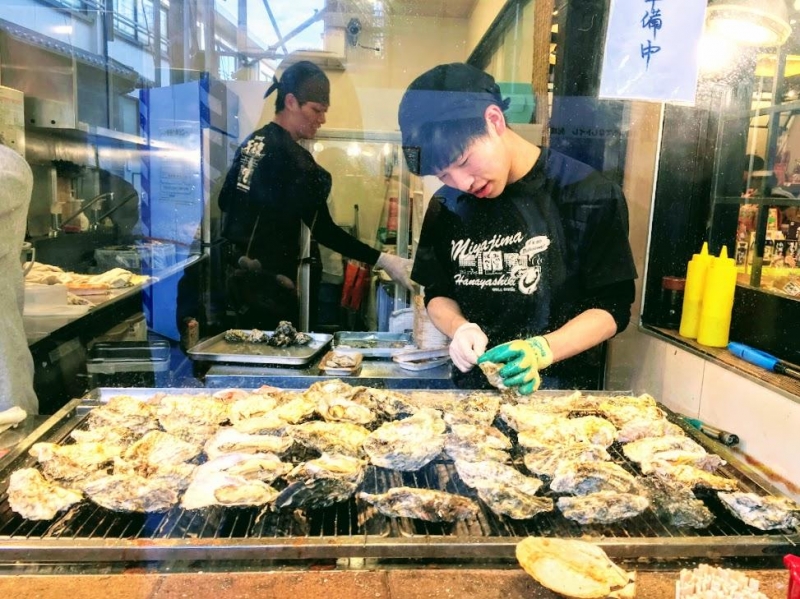
I must admit that the prospect of an abundance of fresh oysters was one of the main draws of the Hiroshima Prefecture for me, and Miyajima definitely did not disappoint. Oysters are the regional specialities, and winter, in particular, is the season when the oysters are at their best. Oysters are so well loved that there’s even a Miyajima Oyster Festival on the second weekend of February, the best month to eat oysters.
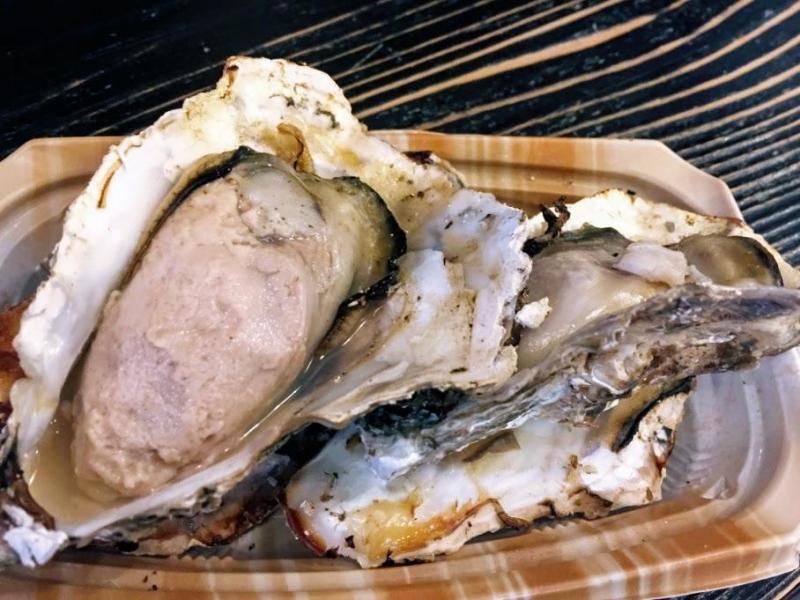
There were oysters cooked in all manners at Miyajima. I slurped down large, fresh, raw oysters doused in lemon juice. I munched on crispy, breaded oysters deep-fried until golden brown. I had grilled oysters larger than my palm, topped with a thick layer of grilled cheese. I even tried boiled oysters on rice (kaki meshi) and chewy oiled oysters. I was in oyster heaven!

Another regional speciality is conger eels, also known as anago. These are saltwater eels that are less rich and oily than unagi, the more popular eel that’s commonly found in sushi restaurants. You can try the conger eel bun or rice with conger eel (anago meshi), and decide which you like more. Personally, I still prefer unagi because of its richer taste!
6. Go crazy at Omote-Sando, the traditional shopping street lined with interesting shops
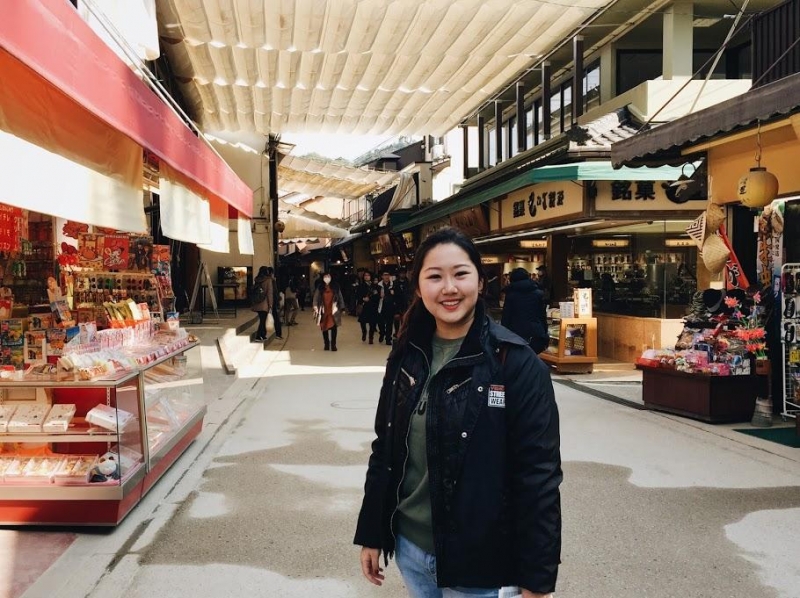
The main shopping street, Omote-Sando, is where all the fun is. Besides restaurants selling oysters and stalls churning out Momiji Manjus, there are also plenty of shops where you can get unique souvenirs. Most notably, you’ll be able to get all sorts of souvenirs featuring the adorable wild deer of Miyajima.
7. Schedule in some family fun at the Miyajima Public Aquarium
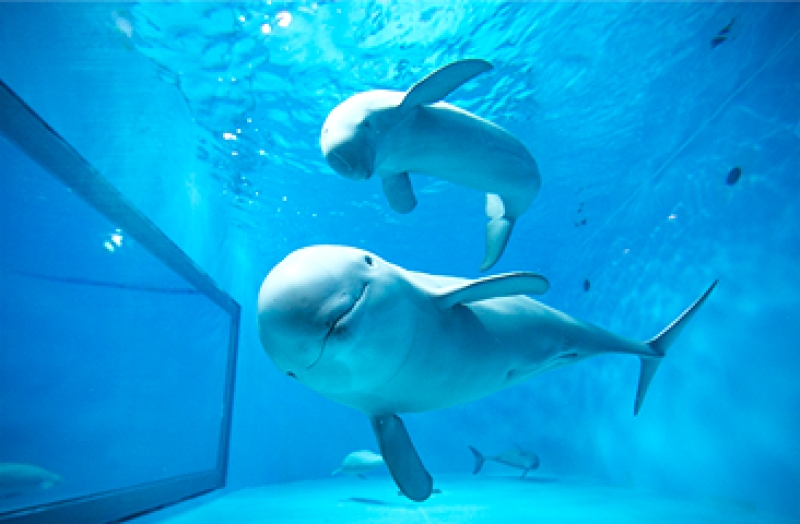
Image credit: Miyajima Public Aquarium
This one is for the families with young children, or the young at heart. Recently renovated in 2011, the revamped Miyajima Public Aquarium has over 13,000 animals, showcasing the diverse sea life of the Seto Inland Sea surrounding the island. With sea lions, penguins, otters, and countless fish, the aquarium is sure to entertain the little ones.
Do note that it is a 20-minute walk from Miyajima Pier, and admission fees apply.
More information: https://www.miyajima-aqua.jp/english/
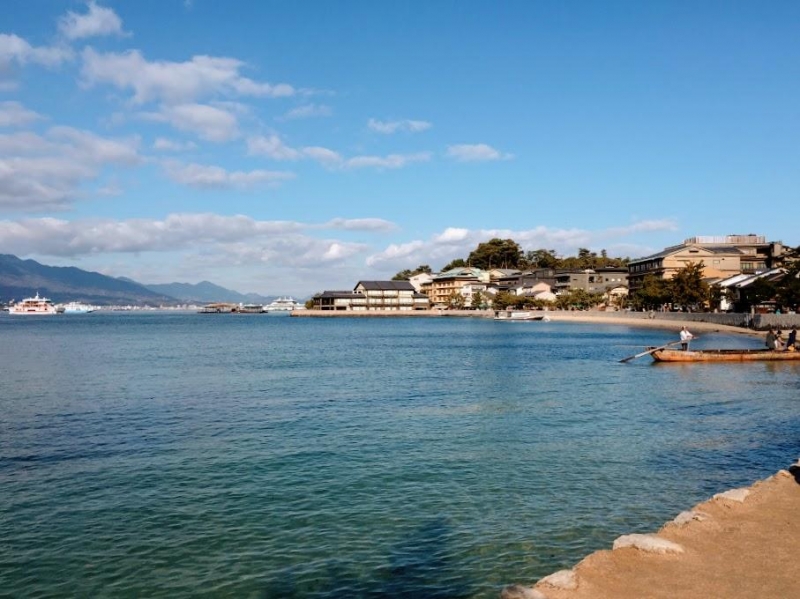
8. Clear your mind on the short and scenic ferry ride to Miyajima
The most straightforward way to reach Miyajima is via train and ferry. Take the JR Sanyo Line to Miyajimaguchi Station, which should take around 25 minutes (410 yen) from Hiroshima Station. The ferry pier is just a short walk from Miyajimaguchi Station – you can also just follow the crowd. The ferry ride takes just ten minutes (180 yen), and is a scenic and calming one. If you have the Japan Rail Pass, both the train and ferry are covered by it.
As someone who is relatively prone to motion sickness, I was initially a little worried that the ferry ride would leave me seasick. However, I need not have worried, as the ferry was so stable that it barely felt like we were on the sea. The sight of the floating torii gate of the Itsukushima Shrine and the island of Miyajima from the sea was one that will remain etched in my memory for life.
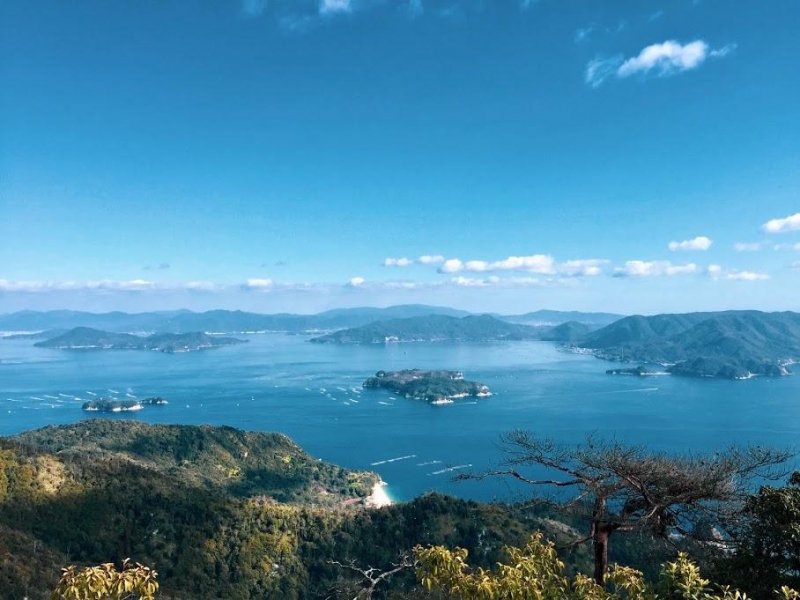
From delicious oysters to friendly wild deer and gorgeous view atop Mount Misen, Miyajima has it all. It was one of the highlights of my trip to Hiroshima, and I’d highly recommend a visit.
Text and images: (AGirlMustWander.com / @agirlmustwander).




